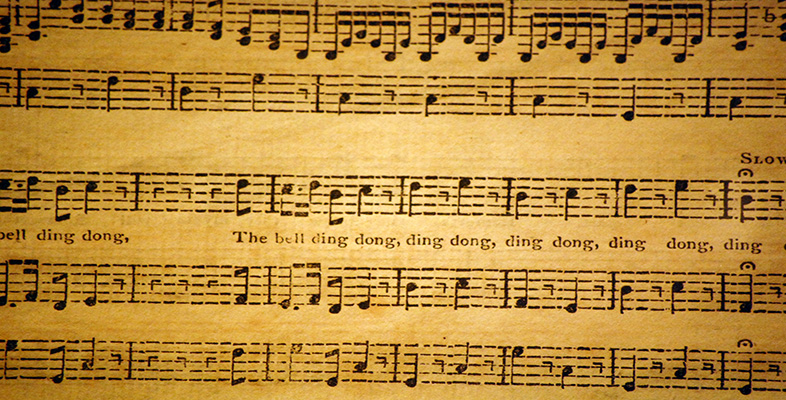3.4.1 Arpeggiation
In addition to passing notes, neighbour notes and suspensions, there is one more method by which a chord can be prolonged. This is where notes which belong only to the very surface level of the music are nevertheless consonant rather than dissonant. This occurs when a part leaps from one note on to another of the same chord. Such leaps are called arpeggiations of chord notes. (‘Arpeggiation’ is the commonly accepted English translation of the German term ‘Brechung’, which can mean a broken chord as well as an arpeggio in the usual sense.) Sometimes, a less important note in the arpeggiation comes between two other notes of the chord, rather like a passing note; sometimes, it appears above or below the main chord note rather like a neighbour note. In this second case, because only two notes are involved, the motion is sometimes called a consonant skip. Both sorts of arpeggiation occur in the well-known melody in Example 12, the opening of the Sonata in C, K545. They are shown in the example by a bracket and the abbreviation ‘arp.’, which is the usual way of indicating them in an analysis.

The second note of the melody (E) is part of an ascending arpeggiation from C to G. Similarly, the top C (bar 3) does not actually participate in the large linear process, but merely elaborates the pitch G by leaping a fourth and then returning to the main note. So if we want to analyse the deeper level of the harmony, we have to reduce the surface of the music by missing out these notes.
Activity 11
Listen to this melody, keeping in mind the discussion in the above paragraph. (The recording is of bars 1–81, not just of bars 1–4 as in Example 12.)
Click to listen to melody
